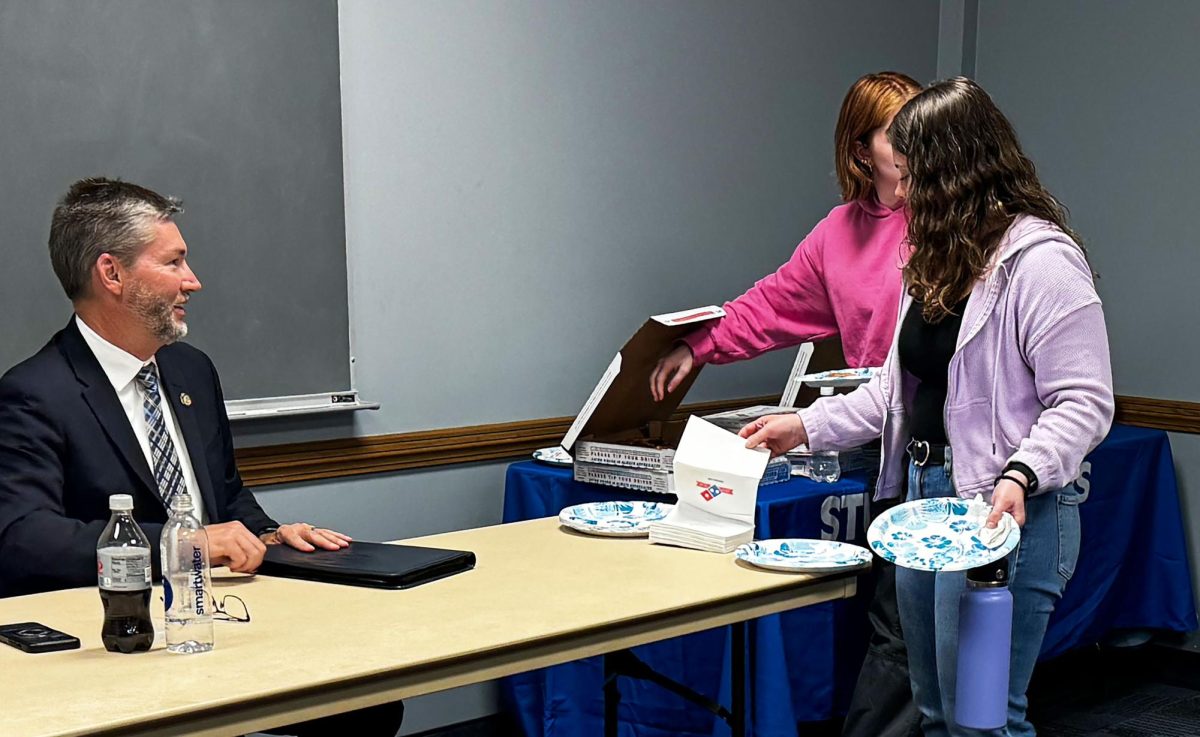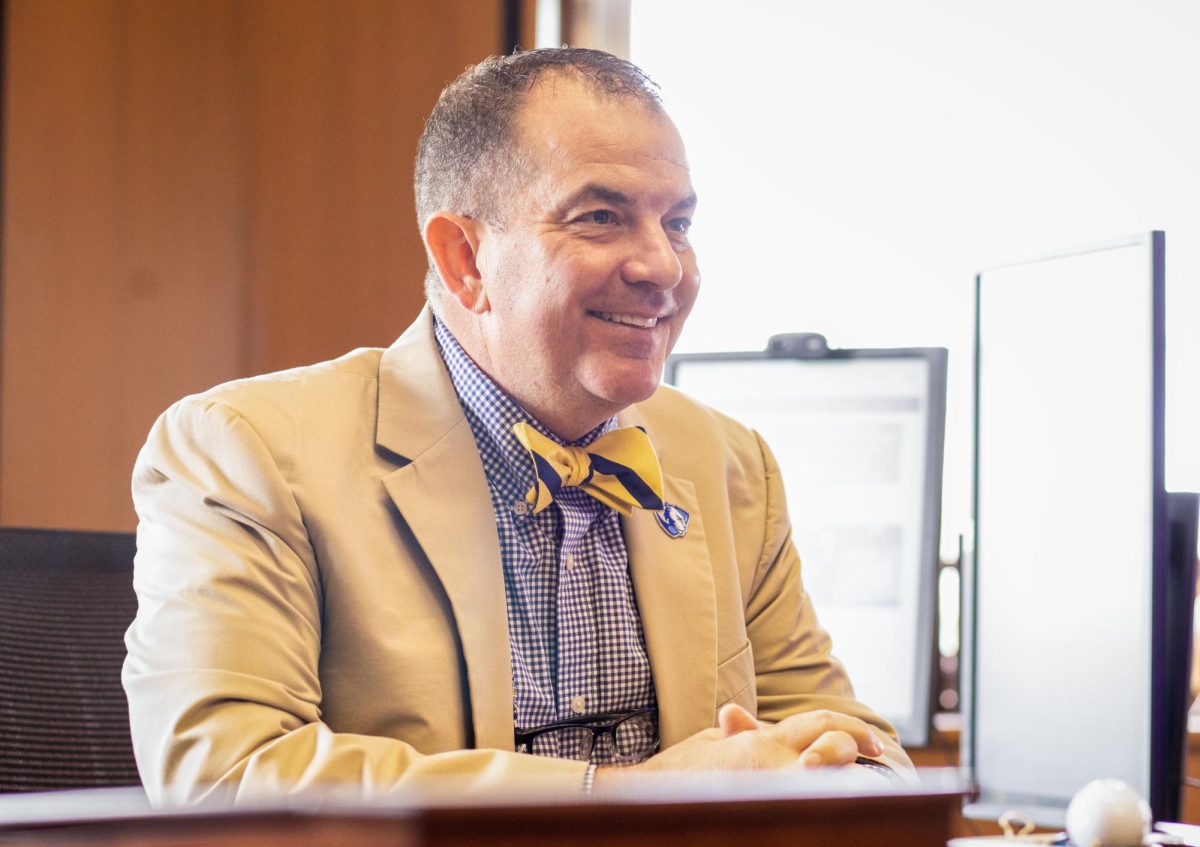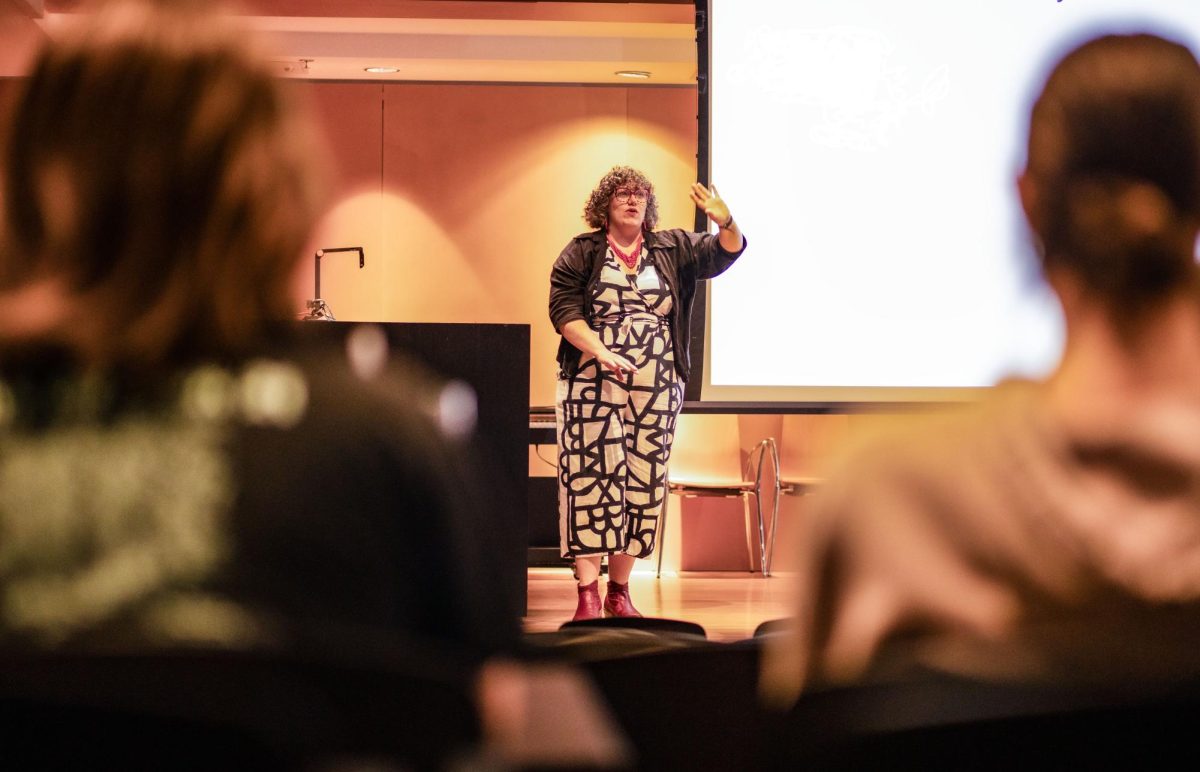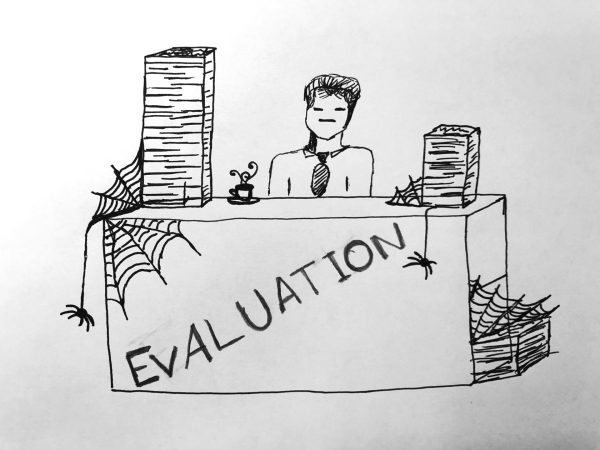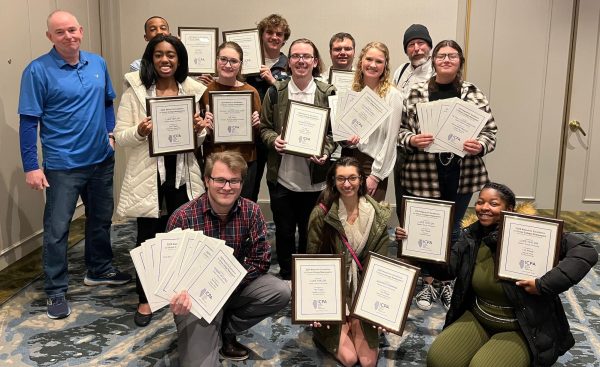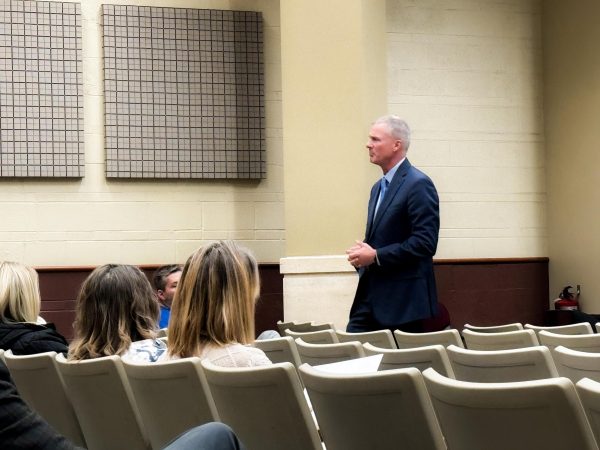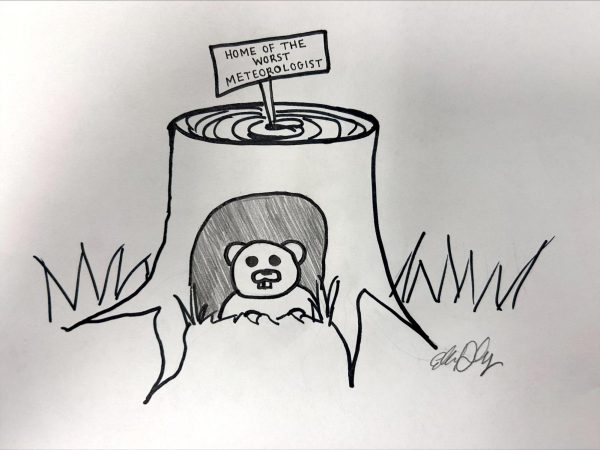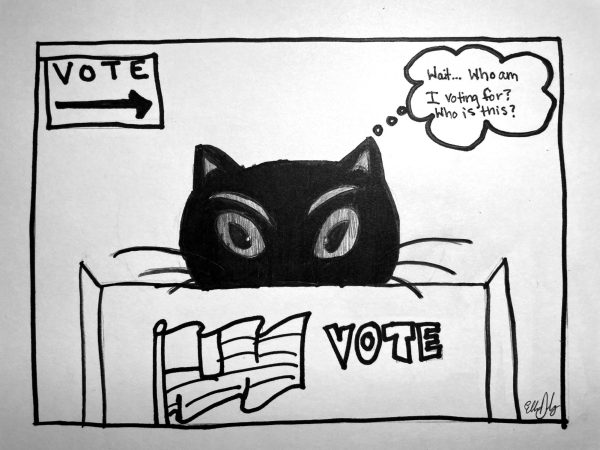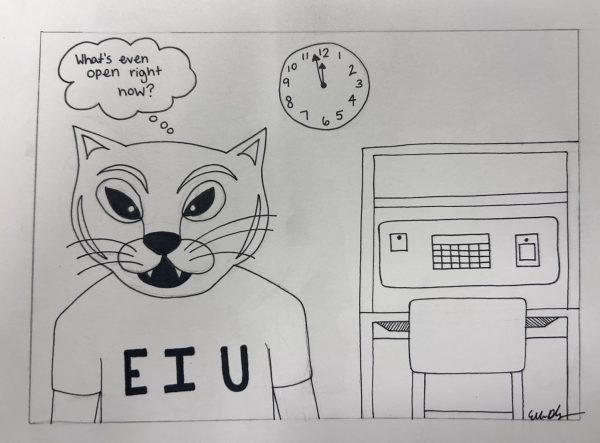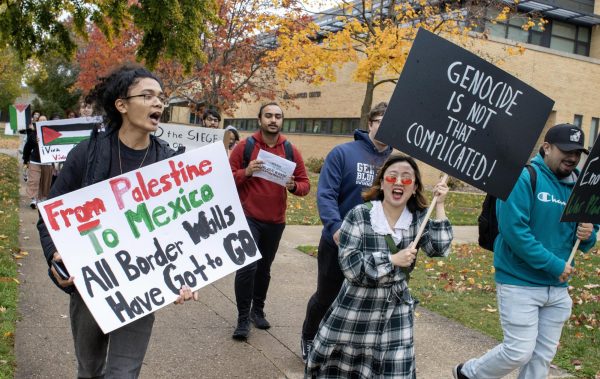STAFF EDITORIAL: Medication for opioid addiction is needed
April 4, 2019
Medications to treat people with opioid use disorders (OUD) need to be more readily available at substance use disorder facilities. If these medications do not become available soon, the opioid crisis has no clear end in sight.
There are three FDA-approved medications that help save the lives of people with OUD: methadone, buprenorphine and extended-release naltrexone, according to The National Academics of Sciences, Engineering and Medicine.
The NASEM just recently released a study entitled “Medications for Opioid Use Disorder Save Lives” and created a video, now published on YouTube, explaining the findings in a condensed form.
In summary, the NASEM has concluded that these medications are essential to saving the lives of people addicted to opioids.
All three medications have proven to reduce opioid usage and craving. Additionally, methadone and buprenorphine have shown after decades to help with long-term positive outcomes and improving socialization, according to the NASEM.
Basically, these three medications save lives.
There are several hurdles people with OUD have to jump over to get them, though.
Only six percent of substance use disorder facilities offered all three of these medications to patients in 2016, according to the NASEM.
One of the major reasons access to these essential medications is so difficult to get is because of the “social stigma” and “misunderstanding” of both the public and professionals.
In addition to that, “Inadequate professional education,” “Current regulations around methadone and buprenorphine” and “A fragmented system of care and current financing (and) payment policies” prove to be major barriers to the access and use of medications for people with OUD.
Additionally, more than 80 percent of people with OUD never receive any kind of treatment at all, according to the NASEM.
Alan Leshner, the chief executive officer emeritus for the American Association for the Advancement of Science, said he believes the main problem is the misunderstanding and unforgiving stigma that comes to people with OUD.
Law enforcement tends to perceive prescribed methadone and buprenorphine as a bad thing because technically, these medications are opioids. They’re not near as powerful or dangerous as fentanyl, OxyContin or Vicodin, though, according to The New York Times.
The public is also uneducated when it comes to the medications that help with OUD; so overall, the public perception is foggy and iffy at best.
Doctors are only able to give methadone at specialized clinics where patients must come to the office everyday to receive them, according to The New York Times.
It’s time to let go of the stigma and come to terms with the truth. Studies show that these medications are essential for people with OUD—too many people are dying to let this continue.
There are two million people with OUD right now. In 2017, 47,000 people have died from opioid overdose, according to the study.
We need to make these medications available to people who need them. But in order to do that, we need to educate the rest of the world and assure those with OUD are not alone and should not be ashamed.
If we don’t come together on this issue, people are just going to keep on dying.
The Editorial Staff can be reached at 581-2812 or at [email protected].




